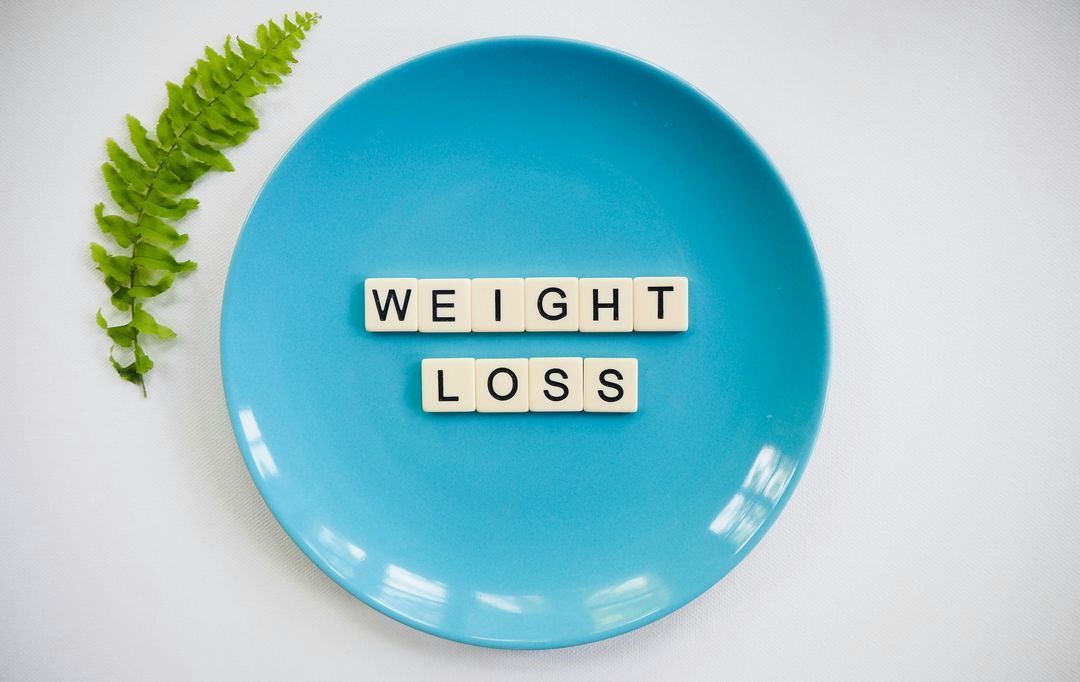Low-Carb Diets: What They Are, Benefits, Challenges, and How to Choose the Best One for You

In recent years, the world of nutrition has seen a growing interest in low-carb diets —meal plans that reduce carbohydrates. Many consider them the key to rapid weight loss, improved metabolic health, and increased mental energy. But how much truth is there in these claims? And most importantly: is a low-carb diet suitable for everyone?
In this article, well explore what low-carb diets really are , the benefits confirmed by science , the risks you should be aware of , and how to make an informed choice .
What does “low carb” really mean?
A low-carb diet is a diet that significantly reduces your daily carbohydrate intake, instead favoring proteins, healthy fats, and low-sugar vegetables.
Generally we talk about:
- Low carb moderate : 100-150g of carbohydrates per day.
- Strict low carb : 50-100g of carbohydrates per day.
- Very low carb or ketogenic : less than 50g per day, with ketone production as the primary energy source.
This reduction radically changes metabolism: the body, having less glucose available, begins to burn fat as its primary fuel, a process called #ketolysis.
The benefits of low-carb diets

1. Effective and lasting weight loss
Numerous studies show that low-carb diets promote faster weight loss in the first few months than low-fat diets.
🔹 A study published in the New England Journal of Medicine highlighted how people on a low-carb diet lost more weight in the first six months than those following a low-fat diet ( Foster GD et al., 2003 ).
2. Blood sugar and diabetes control
Low-carb diets are particularly effective for people with type 2 diabetes or insulin resistance .
🔹 A meta-analysis published in Diabetes Therapy concluded that low-carbohydrate diets significantly improve glycemic control compared to conventional regimens ( Snorgaard O et al., 2017 ).
3. Cardiovascular health
Contrary to what one might think, several studies have highlighted improvements in cardiovascular parameters:
- Increased HDL (“good”) cholesterol.
- Reduction of triglycerides.
- Improved glycemic profile.
🔹 A study in the Annals of Internal Medicine showed that a low-carb diet led to a more significant reduction in cardiovascular risk factors than a low-fat diet ( Bazzano LA et al., 2014 ).
4. Greater mental energy
Some report increased mental clarity and focus on a low-carb diet, especially once the initial adjustment phase is over.
Potential risks and common mistakes
1. Fiber and micronutrient deficiency
Drastically reducing carbohydrates can lead to an insufficient intake of fiber (important for gut health) and essential nutrients such as potassium, magnesium, and B vitamins.
2. Initial side effects (“keto flu”)
During the first few weeks, you may experience fatigue, headaches, irritability, and nausea. This is due to metabolic adaptation.
3. Excessive rigidity
Some people tend to take extreme approaches, completely excluding important food categories, such as fruit or some vegetables, which could otherwise easily be included in a balanced low-carb diet.
4. Not suitable for everyone
- High intensity athletes may require a higher carbohydrate intake.
- Some health conditions (such as advanced kidney problems) require caution.
How to properly plan a low-carb diet

1. Focus on quality, not just quantity
Its not enough to cut out bread: a good low-carb diet prioritizes:
- High-quality proteins : fish, white meat, eggs, fermented dairy products.
- Healthy fats : extra virgin olive oil, avocado, nuts.
- Low glycemic vegetables : spinach, cabbage, zucchini, cucumbers, broccoli.
2. Dont eliminate carbohydrates completely
Choose slow-release, high-fiber carbohydrate sources:
- Berries
- Starchy vegetables in small quantities
- Legumes (in some more flexible approaches)
3. Hydration and supplementation
On a low-carb diet, the body eliminates more water and mineral salts: it is important to properly integrate sodium, potassium, and magnesium, especially in the initial phase.
4. Adapt the plan to your lifestyle
A low-carb diet must be sustainable over time . Its best to adopt a flexible approach, such as following a cyclical low-carb diet (more carbs on training days) or a Mediterranean low-carb diet that includes olive oil, oily fish, and fresh vegetables.
Most common types of low-carb diets
- Ketogenic Diet (Keto) : Very restrictive, less than 50g of carbohydrates per day, high in fat.
- Paleo Low Carb Diet : Eliminates cereals and legumes, favoring “ancestral” foods.
- Atkins Diet : involves phases of progressive reintroduction of carbohydrates.
- Low Carb Mediterranean : combines the benefits of the Mediterranean diet with a moderate reduction in carbohydrates.
Conclusions
Low-carb diets can be extremely powerful tools for improving health, weight, and overall well-being, but theyre not a magic solution . They require awareness, balance, and, above all, personalization.
Before starting a low-carb diet, its always advisable to consult a nutrition professional who can tailor the plan to your specific needs, also evaluating any possible contraindications.
Remember : the best diet is not the most fashionable one, but the one you can follow calmly every day, respecting your body and your lifestyle.
📣 And you, what do you think of low-carb diets?
Have you ever tried a low-carb diet?
Tell us about your experience in the comments!
If you enjoyed this article, please share it with others who might find it helpful, or subscribe to our newsletter to receive more exclusive insights on nutrition, wellness, and lifestyle!
Sources:
- Foster GD et al. (2003). A randomized trial of a low-carbohydrate diet for obesity. New England Journal of Medicine.
- Snorgaard O et al. (2017). Systematic review and meta-analysis of dietary carbohydrate restriction in patients with type 2 diabetes. Diabetes Therapy.
- Bazzano LA et al. (2014). Effects of low-carbohydrate and low-fat diets: a randomized trial. Annals of Internal Medicine.

gourmet
Data di inserimento 27 apr 2025
Report article


Comments
There are no comments yet.